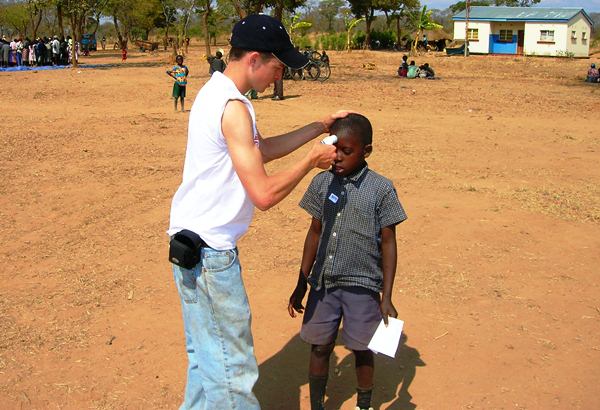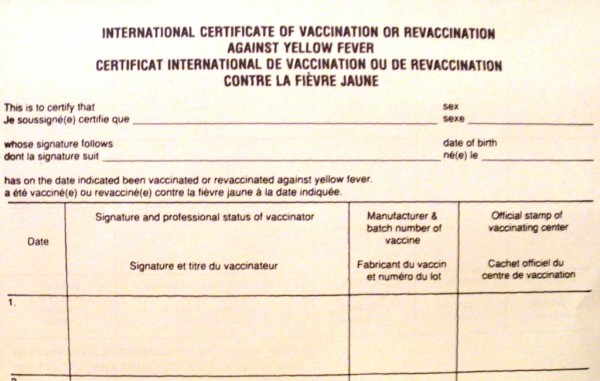
You’ve heard them: stories of woe from your friends and family. It was a vacation derailed by diarrhea. Or a business trip sabotaged by jet lag and food poisoning. Or maybe a spring break trip undone by dehydration, “Montezuma’s revenge” or worse…
You’ve worked too hard to prepare for your travels. Don’t let a few preventable health issues ruin your time abroad. Instead, keep these simple precautions in mind, and you’ll be free to enjoy the trip of your dreams!
Beat the Bugs
? Tropical insects like mosquitoes carry malaria and other serious diseases.
? Wear insect repellent containing DEET and reapply it after swimming or heavy sweating.
? Wear protective clothing like pants and long sleeves when practical.
? Sleep in air-conditioned, well-screened areas.
? Limit outdoor activities between dusk and dawn.
? Use bed nets permeated with a permethrin insecticide.
? Use coils and insect sprays containing pyrethrum to kill insects in living or sleeping quarters.
You are what you eat (or drink)
Almost 50% of travelers come home with diarrhea, but contaminated food and water can give you more than that.
? Only buy commercially packaged water bottles and soft drinks. Be sure to break the seal yourself!
? Consider various water purification methods, such as filters and boiling. Be wary of ice cubes, unless you know they’re made from purified water.
? Eat food that’s well cooked and served hot.
? Avoid leftovers, food from street vendors, unpasteurized dairy products, raw shellfish, cold cuts, salads, watermelon, puddings or canned food if the tin appears swollen.
? When it comes to fruits and vegetables: peel it, boil it, or forget it!
Give your trip a shot in the arm
Your best defense against many diseases is vaccination. Before you step on the plane, you should step into a travel clinic to receive your recommended shots.
? Your destination country may require you to get certain shots. That’s a great place to start! However, these requirements are in place to protect the citizens of that country, not you. To find out what shots you need to protect your health, visit a travel clinic.
? Some vaccines take time to work. Schedule your appointment four to six weeks before you leave. (Procrastinator alert: if you’ve got less than four weeks to go, it’s still worth it to make an appointment. Some shots start to work much faster and even partial immunity is better than none!)
? Remember to include the price of vaccines in your budget. Like travelers’ insurance, a little expense now can save you big bucks in health care costs later.
More tips!
If you found this article helpful, check us out on Facebook and Twitter for daily travel health tips.
Passport Health is a trusted name in travel medicine with over 200 locations across the United States. We would love an opportunity to talk to you about your trip and provide any supplies or vaccines you may need to stay healthy. Make an appointment today!




 Travel has always been their hobby, but recently, Mike Watkins and Akiko Kubo decided to “cash-in” on their dreams of taking a career break to travel around the globe after seeing close friends’ and family’s lives end too soon. To avoid wondering what might have been, they are downsizing their comfortable lives into a backpack, and making way for opportunities undiscovered. Follow their 8-month, round-the-world, adventures on
Travel has always been their hobby, but recently, Mike Watkins and Akiko Kubo decided to “cash-in” on their dreams of taking a career break to travel around the globe after seeing close friends’ and family’s lives end too soon. To avoid wondering what might have been, they are downsizing their comfortable lives into a backpack, and making way for opportunities undiscovered. Follow their 8-month, round-the-world, adventures on 





